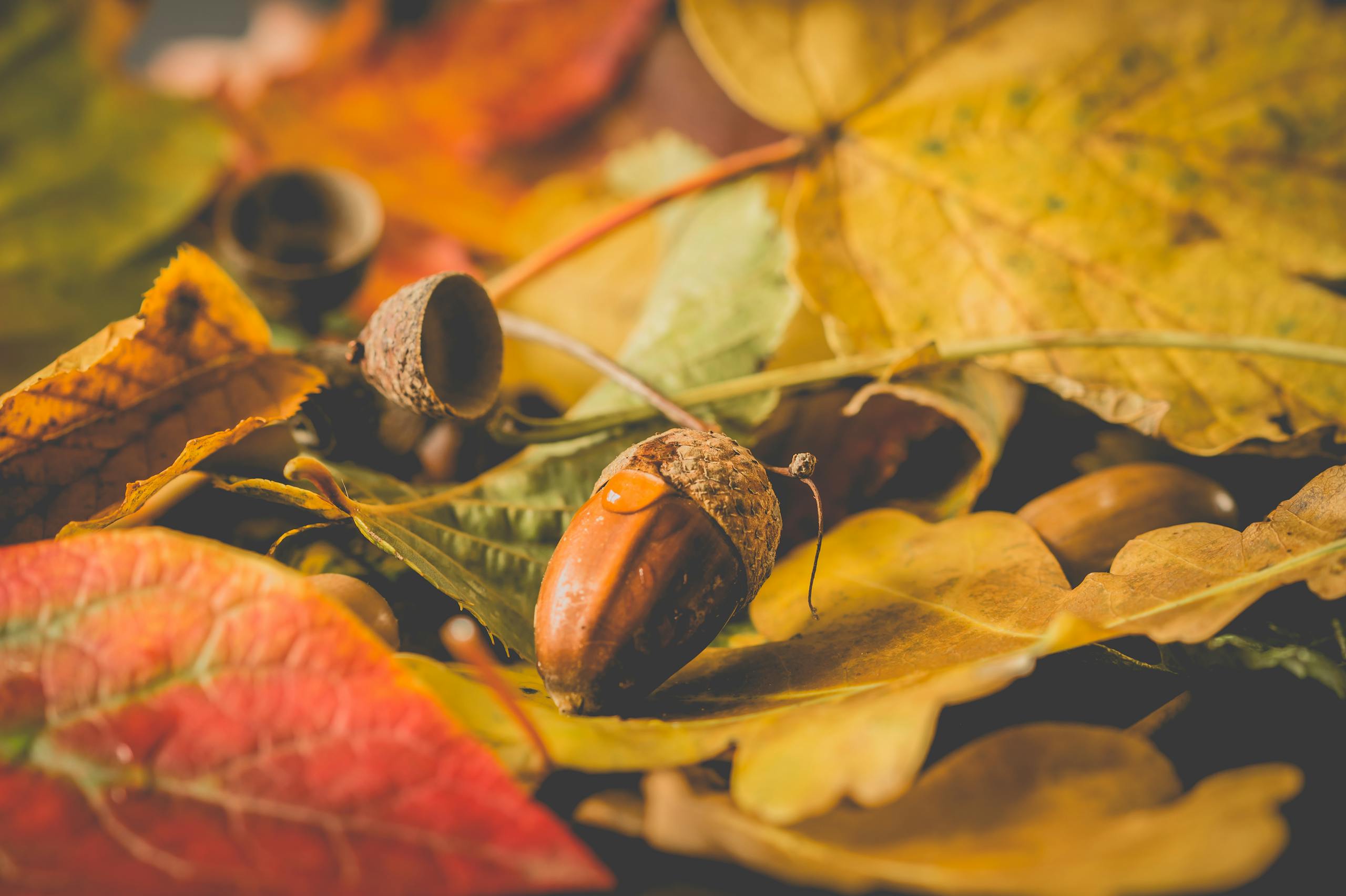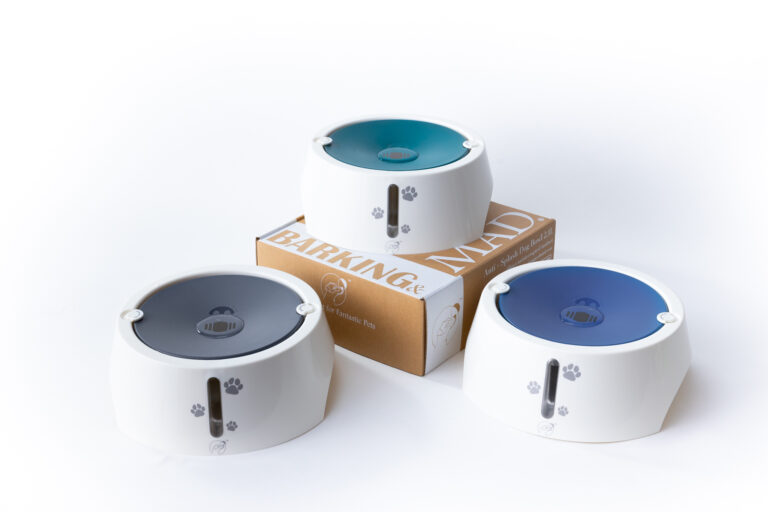Autumn is a season many dog owners look forward to, with its refreshing air, colourful leaves, and crisp weather. For dogs, this is an exciting time to explore new scents and sights outdoors. But as picturesque as it is, autumn presents hidden dangers, especially for dog parents.
Acorns, while seemingly harmless, can be poisonous to dogs and pose significant health risks. This guide will explore why acorns are dangerous, what symptoms to watch for if your dog eats acorns, and how to navigate autumn safely with your pup!
Dogs and Autumn
Dogs and autumn go hand in hand—most dogs love the cooler temperatures, the falling leaves, and the scents of the season. For dog owners, autumn walks are often some of the best walks of the year. The changing colours, crunching leaves, and relaxed atmosphere make it tempting to let your dog run and explore. But this environment also brings risks, especially with items like acorns and other plant debris from oak trees scattered along paths.
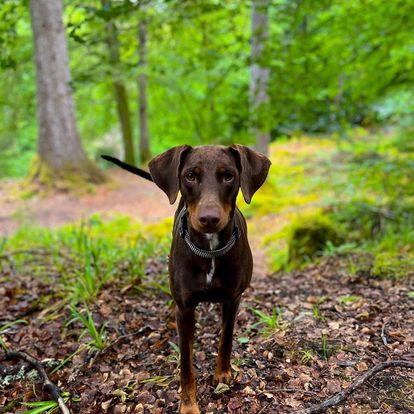
Acorns and Dogs: Why They Don’t Mix
1. Tannins and Acorn Toxicity
Acorns contain a compound called tannins, which can be highly toxic to dogs. These tannins can irritate a dog’s gastrointestinal tract, leading to symptoms like vomiting, diarrhoea, and abdominal discomfort. While eating small amounts might only cause mild stomach upset, ingesting acorns in large quantities can be deadly.
Smaller Dogs
Smaller Dogs are especially vulnerable, as it takes only a few acorns to reach toxic levels. In severe cases, acorn ingestion can cause liver damage, kidney failure, or even death.
2. Choking Hazard
For dogs who aren’t familiar with chewing or swallowing larger objects, acorns can be a choking hazard. This is particularly common with puppies and small dogs who might see acorns as chew toys. The hard, small size of acorns makes them easy to swallow, and their shape can get lodged in the throat or gastrointestinal tract, causing an obstruction.
Prevention Tip: Keep an eye on the ground during walks and steer clear of areas heavily populated with oak trees. Training your dog to “leave it” is also useful to prevent them from picking up acorns.
3. Risk of Gastrointestinal Obstruction
Even if an acorn is swallowed without choking, it can still obstruct the digestive tract, causing vomiting, lethargy, and abdominal pain. An obstruction can worsen, leading to life-threatening complications if not addressed quickly.
Recognising the Signs of Acorn Poisoning in Dogs
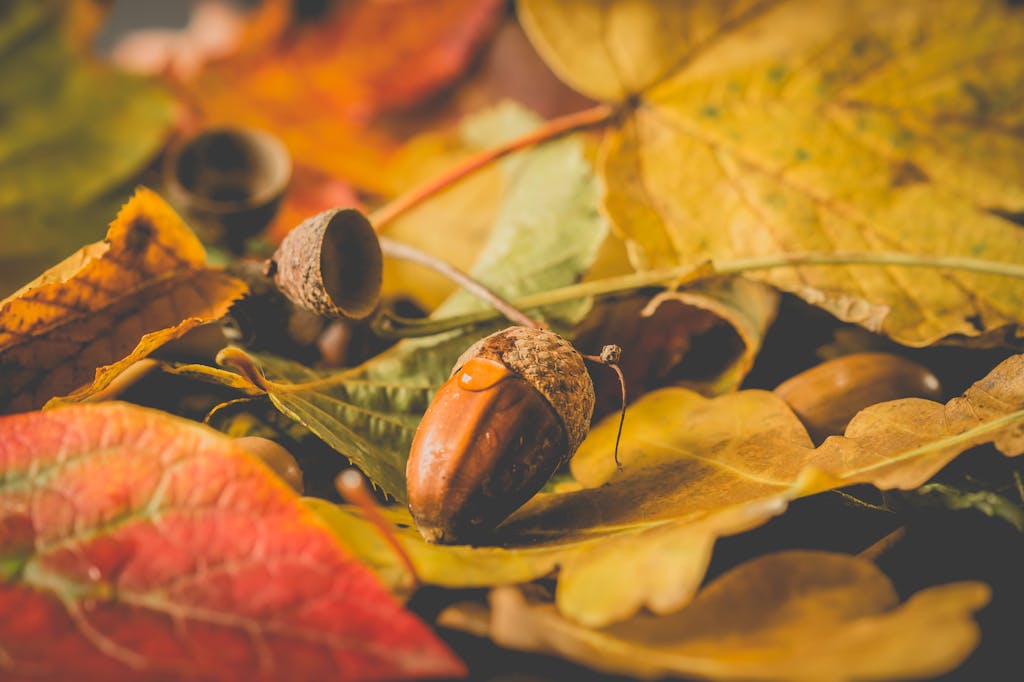
It’s crucial to recognise the signs of acorn poisoning quickly, as early intervention can significantly improve outcomes. Here’s what to watch out for:
1. Vomiting and Diarrhoea
These are often the first and most noticeable signs that something is wrong. The tannins in acorns irritate the stomach lining, leading to vomiting, diarrhea, and stomach pain. Vomiting can sometimes contain traces of acorn material, making it easier to identify the problem.
2. Abdominal Discomfort and Swelling
If a dog has eaten acorns, they may experience abdominal discomfort, which might cause them to whine, pant, or refuse food. In severe cases, the belly may appear swollen or tender to the touch.
3. Lethargy and Weakness
Toxins from acorns can cause a drop in energy levels, making a dog appear unusually lethargic or weak. If your typically active dog suddenly appears sluggish, this could be a sign that they have ingested acorns or another toxic substance.
4. Increased Thirst and Urination
Acorn toxicity can affect the kidneys, which may cause an increase in thirst or urination. If your dog seems to be drinking more water than usual or urinating frequently, it’s essential to consider whether they might have eaten acorns.
5. Signs of Severe Poisoning
Ingesting a large number of acorns can cause symptoms that progress to kidney failure, liver damage, or seizures. The toxins in acorns can spread quickly through the bloodstream, leading to organ damage and potentially fatal complications if not treated.
If you need to take your dog to the vet but physically can’t, or need them to come to you I have done a fab blog on mobile vet services!
Other Autumnal Hazards for Dogs
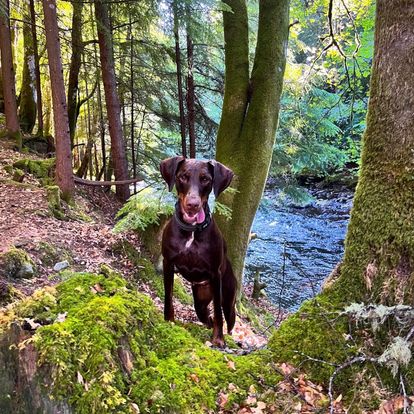
While acorns are a significant concern, there are other dangers during autumn. Being aware of these hazards can help keep your dog safe on walks.
1. Mushrooms and Fungi
Damp autumn weather is prime for mushroom growth, and while some mushrooms are harmless, others are highly toxic. Toxic varieties like Amanita phalloides (death cap) can be fatal if ingested, so it’s essential to prevent your dog from eating any mushrooms they find.
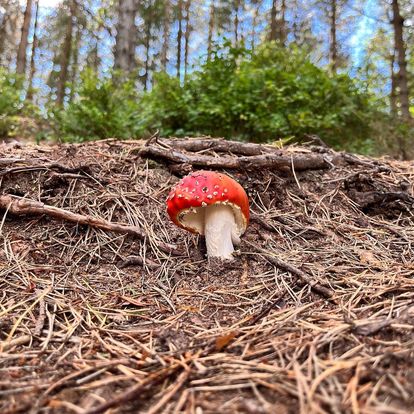
Symptoms of mushroom poisoning include vomiting, diarrhea, drooling, lethargy, and seizures. If your dog eats a mushroom, contact your vet immediately.
2. Conkers (Horse Chestnuts)
Conkers, the seeds from horse chestnut trees, contain aesculin, which is toxic to dogs and can cause vomiting, diarrhea, and abdominal pain. Conkers are also a choking hazard, particularly for smaller dogs.
3. Piles of Leaves
Dogs love playing in leaves, but piles can harbour ticks, mould, and bacteria. Mouldy leaves can lead to respiratory issues, and ticks can cause Lyme disease or other illnesses.
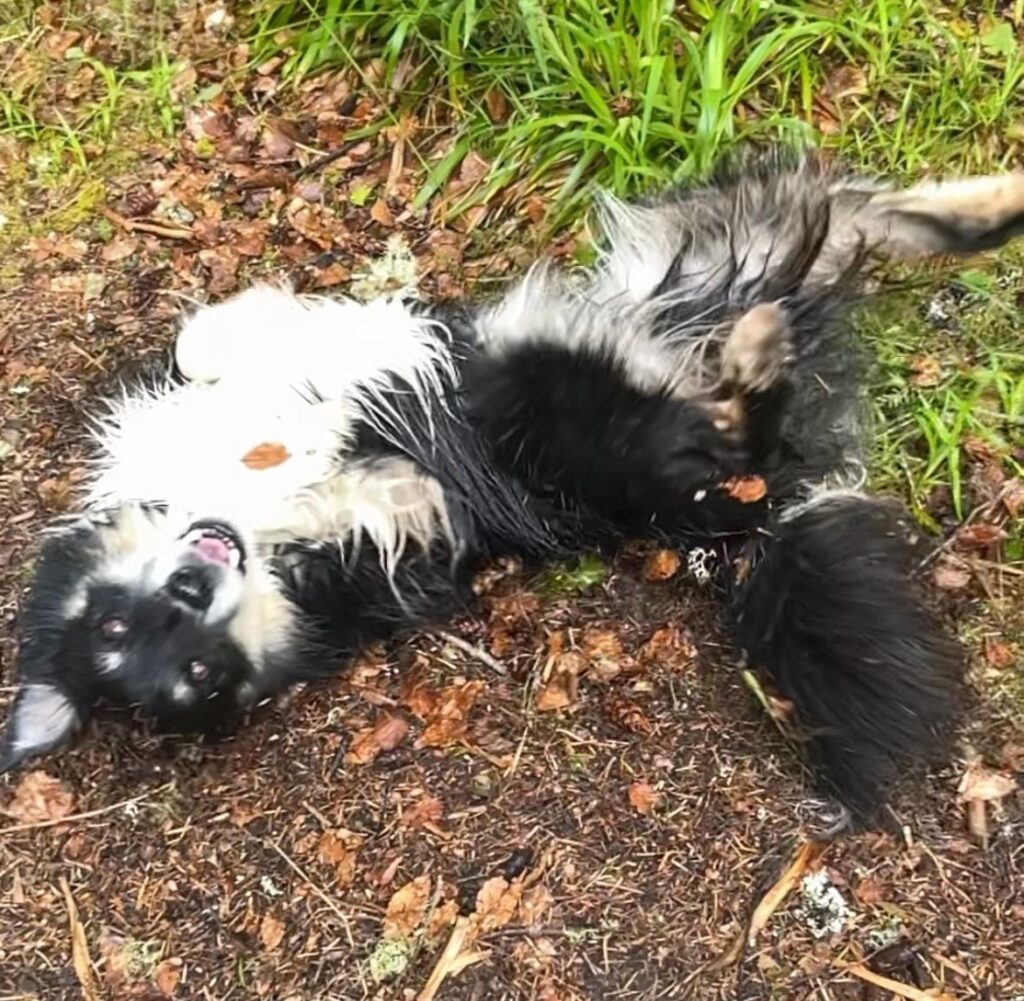
4. Sycamore Seeds
Sycamore seeds contain toxins that can cause seasonal canine illness. Symptoms include vomiting, lethargy, and muscle weakness.
Prevention Tips for Dog Owners During Autumn Walks
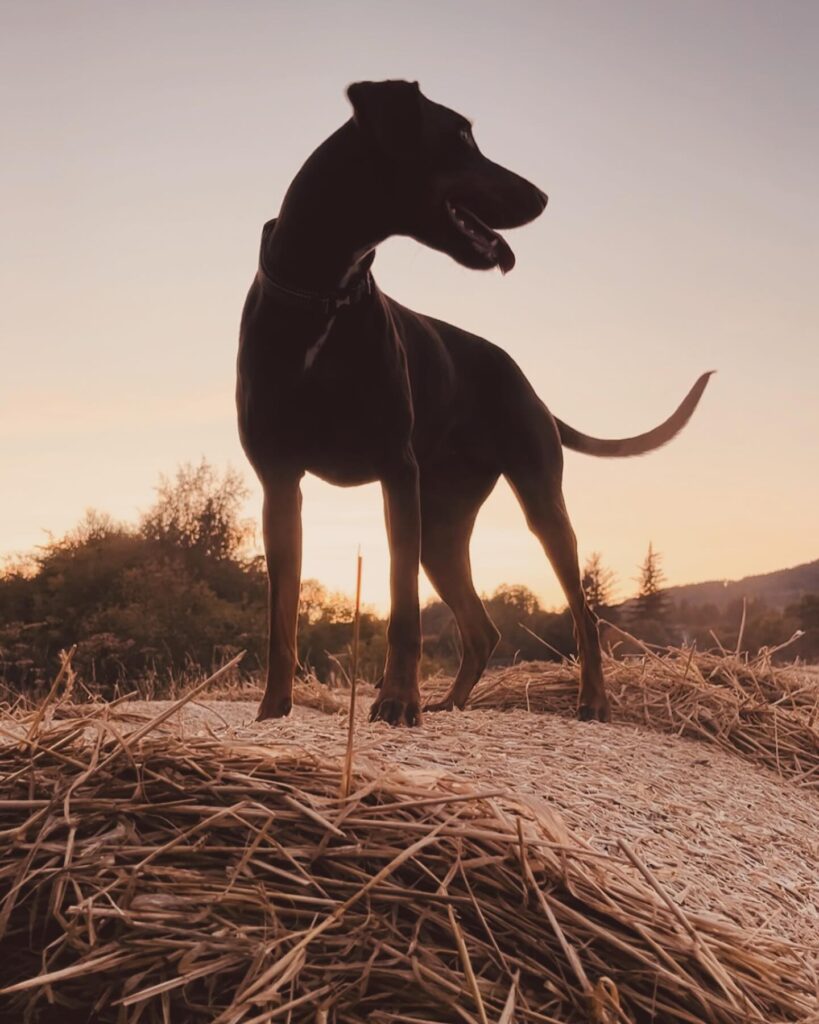
Keeping your dog safe during autumn means staying vigilant and taking proactive steps. Here are some ways to minimise the risks associated with acorn ingestion and other hazards:
1. Avoid High-Risk Areas
Avoid areas with a heavy presence of oak trees, horse chestnut trees, or sycamore trees. If possible, stick to open paths where you can see the ground and avoid piles of leaves.
2. Use a Basket Muzzle
For dogs who frequently pick up objects on walks, a basket muzzle can prevent them from ingesting acorns, mushrooms, or other hazards. This allows them to sniff and explore without the risk of swallowing dangerous items.
3. Training the “Leave It” Command
Training your dog to “leave it” can be invaluable during autumn walks. Reward them for ignoring acorns or other objects on the ground.
4. Check for Ticks and Debris
After autumn walks, check your dog for ticks and inspect their paws for any cuts or splinters from sharp sticks or debris.
5. Carry a Water Bottle and Keep Them Hydrated
Staying hydrated can help flush toxins from their system if they accidentally eat something harmful. Having fresh water on hand can also prevent them from drinking stagnant water, which can carry bacteria.
You’ve made it to the FAQ!
Why do dogs love autumn?
Dogs are drawn to the cool air, crunchy leaves, and fresh scents. Autumn creates a playground of leaves and scents, making walks more engaging for dogs.
Do dogs eat more in autumn?
Yes, some dogs tend to eat more as the temperature drops, naturally building reserves for the colder months.
Do dogs shed more in autumn?
Yes, autumn marks a shedding period for dogs, helping them develop a thicker winter coat.
Do dogs sleep more in autumn?
Yes, shorter days and cooler temperatures often mean more naps for them.
Acorns
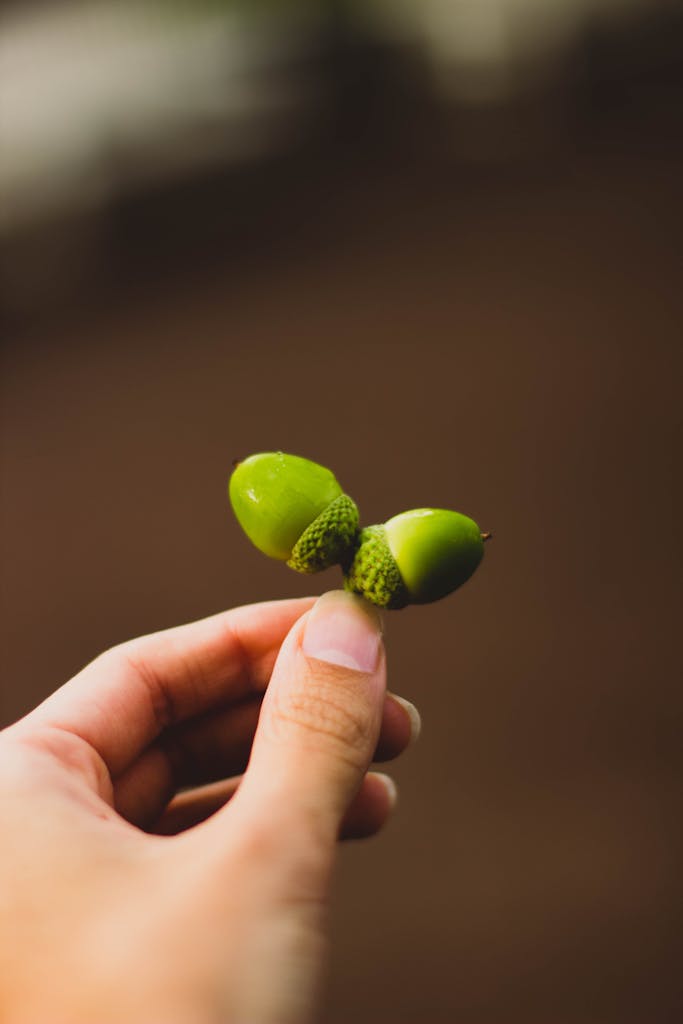
What do I do if my dog eats acorns?
If you suspect your dog has eaten acorns, seek veterinary assistance immediately. Even a small amount can be harmful.
How many acorns are toxic to a dog?
In smaller dogs, even one or two acorns can be toxic, while larger dogs may need to ingest more to experience symptoms. Veterinary treatment may involve IV fluids, medications, and monitoring, especially if symptoms are severe.
Are acorns poisonous to dogs in the UK?
Yes, acorns from British oak trees are just as dangerous as those found elsewhere.
How long does it take for a dog to show signs of acorn poisoning?
Symptoms can appear within a few hours of ingestion.
What happens if my dog eats acorns?
Acorn ingestion can lead to digestive upset, kidney issues, or liver damage in severe cases.
How do I get my dog to stop eating acorns?
Training, vigilance, and possibly using a basket muzzle can help prevent ingestion.
Sycamore Seeds
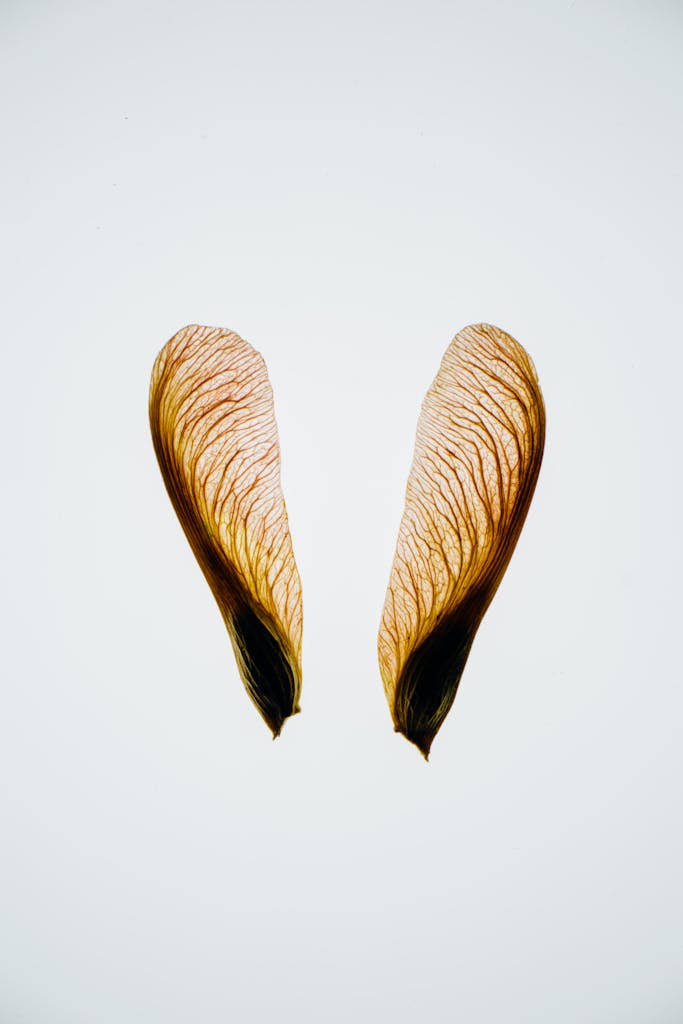
Are sycamore tree seeds poisonous?
Yes, sycamore seeds can cause serious illness in dogs.
Are sycamore helicopter seeds poisonous to dogs?
Yes, these seeds are toxic to dogs and can lead to vomiting and weakness.
Do sycamore trees lose their leaves in autumn?
Yes, they shed their leaves as part of the seasonal cycle.
What does a sycamore tree look like in the fall?
Sycamore trees display vibrant autumn colors, with winged seeds that scatter widely.
How do you identify a sycamore tree in the winter?
The tree’s distinctive peeling bark and sprawling branches are easy to spot.
What happens to a leaf in autumn?
As temperatures drop, leaves lose chlorophyll, which changes their colour before they fall to the ground.
Summary
Autumn is a magical time to enjoy the outdoors with your dog, but it’s essential to be aware of the hidden hazards lurking in the leaves and on the ground. From acorns and mushrooms to conkers and ticks, taking preventative measures will help ensure your dog’s health and safety. Keep a close eye on your dog, practice good training, and enjoy the beautiful season!

